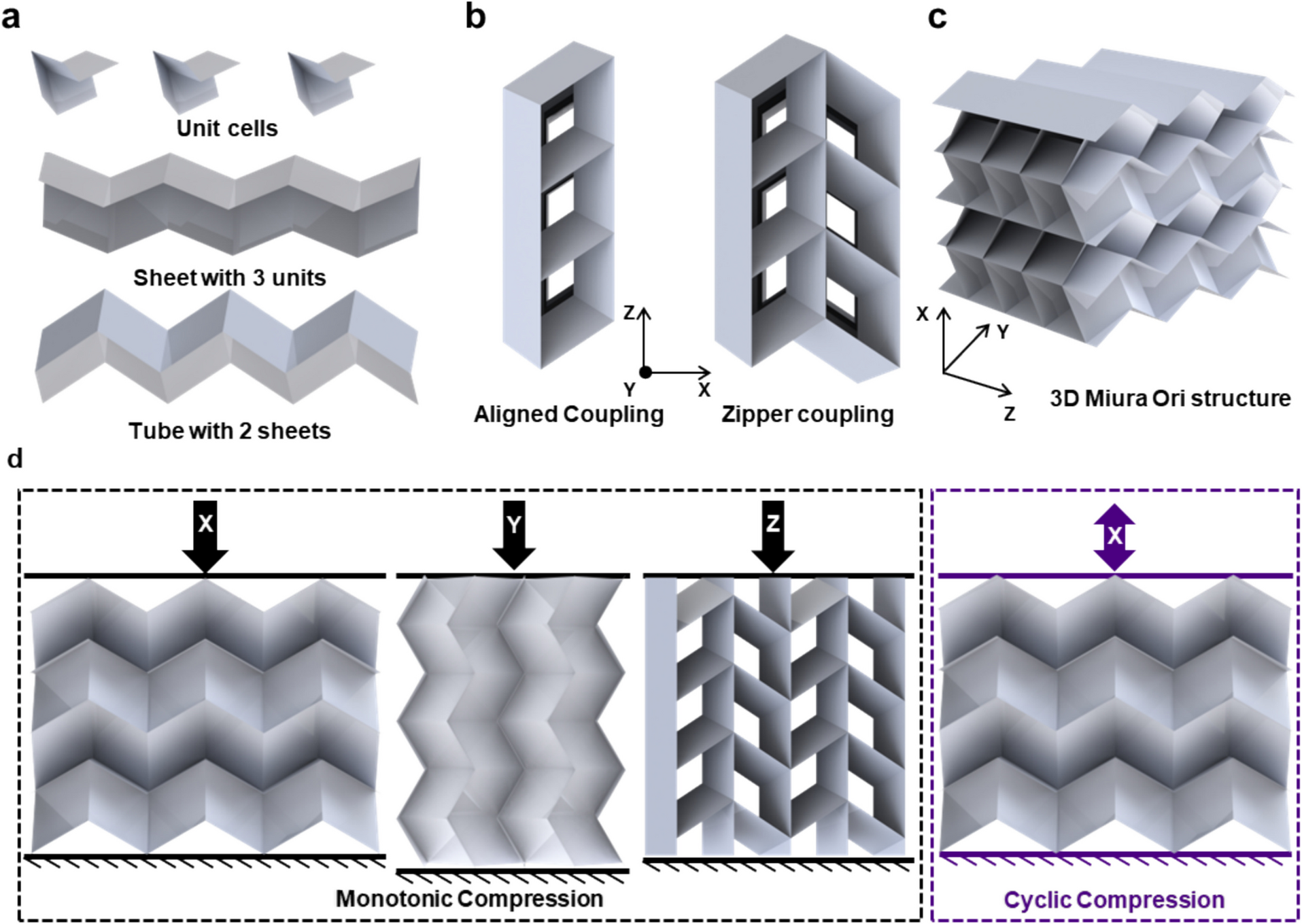2025-04-23 ヒューストン大学(UH)
<関連情報>
- https://uh.edu/news-events/stories/2025/april/04232025-rhaman-origami-inspired-ceramics.php
- https://link.springer.com/article/10.1007/s42114-025-01284-3
超弾性コーティングを施したマクロスケールのセラミック折り紙構造体 Macroscale ceramic origami structures with hyper-elastic coating
Md Shajedul Hoque Thakur,Methu Dev Nath,Pulickel M. Ajayan,Glaucio H. Paulino & Muhammad M. Rahman
Advanced Composites and Hybrid Materials Published:03 April 2025
DOI:https://doi.org/10.1007/s42114-025-01284-3

Abstract
Origami-based technologies offer a promising avenue for constructing deployable, adaptable, and lightweight structures. While much of the research on origami-inspired metamaterials has been focused on materials with inherent flexibility and ductility, there is noteworthy importance in utilizing brittle materials that undergo catastrophic failure even in quasi-static loading. Herein, we explore the possibility of utilizing origami engineering to divert the catastrophic failure nature of brittle materials into a graceful failure mode. To induce flexibility, we 3D printed a ceramic-based Miura-ori structure and coated it with a biocompatible hyperelastic polymer. We performed quasi-static and cyclic compression tests in three orthogonal directions on the printed origami structure with and without the hyperelastic coating and compared them with finite element simulations. Remarkably, the simulations closely matched the outcomes of the actual experiments. Through the combination of experiments and numerical simulations, we observed consistently higher toughness in the coated origami structure compared to the uncoated one. Additionally, the increase in toughness varied across directions, with the most significant improvement occurring in the least stiff direction. This research sheds light on the mechanics of origami engineering within brittle materials at a macroscale, particularly suitable in applications such as prosthetics and other medical domains.



